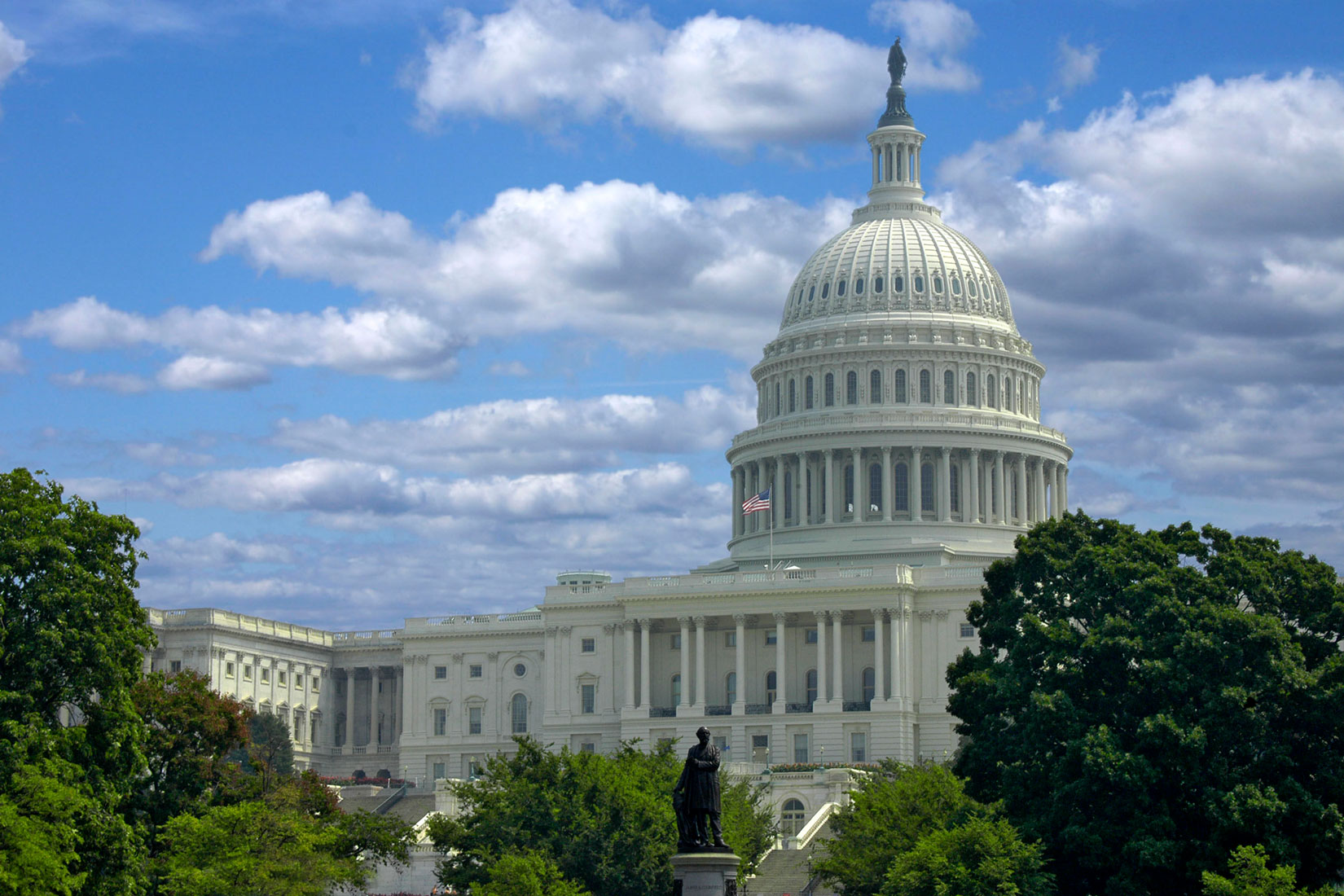Phillip L. Swagel
Director
Before the Committee on the Budget
U.S. House of Representatives
Chairman Yarmuth, Ranking Member Smith, and Members of the Committee, thank you for inviting me to testify. In the Congressional Budget Office’s latest projections, released yesterday, the federal budget deficit in 2022 is $1.0 trillion. That shortfall would represent a substantial reduction from deficits in the past two years as federal spending in response to the coronavirus pandemic wanes and the current economic expansion continues.
In our projections, which reflect the assumption that current laws governing federal taxes and spending generally remain unchanged, federal deficits nonetheless remain large by historical standards and generally increase over the next decade. From 2023 to 2032, the annual shortfall averages $1.6 trillion. The projected deficit of more than $2 trillion in 2032 would equal 6.1 percent of gross domestic product (GDP), well above the average for the past 50 years.
Outlays average 23 percent of GDP over the next 10 years. Rising interest rates and accumulating debt cause net interest costs to double as a percentage of GDP by 2032. At that time, the aging population and the rising cost of health care contribute to increased mandatory spending.
In 2022, revenues in CBO’s projections reach their highest level as a share of GDP in more than two decades. They then decline over the next few years but remain above their long-term average through 2032. But outlays grow faster than revenues over that period, so deficits increase.
Federal debt held by the public initially dips to 96 percent of GDP in 2023 and rises thereafter. In our projections, it reaches 110 percent of GDP in 2032 (higher than it has ever been) and 185 percent of GDP in 2052. We aim for our projections to fall in the middle of the range of likely outcomes; still, they are subject to considerable uncertainty, in part because of the ongoing pandemic and other world events.
CBO’s estimate of the deficit for 2022 is now $118 billion less than it was last July. In that current estimate for 2022, revenues are 10 percent higher than previously projected, and outlays are up by 6 percent.
The projection of the cumulative deficit over the 2022–2031 period is $2.4 trillion more than it was last summer. Newly enacted legislation accounts for most of that increase. Other changes that boost projected revenues—and reduce deficits—are mostly offset by economic changes that increase outlays, particularly those for interest and Social Security.
I will turn now to the economy. The pace of inflation since the middle of last year has been the fastest in four decades. In CBO’s projections, elevated inflation persists in 2022 because of the combination of strong demand and restrained supply in the markets for goods, services, and labor. In response, the Federal Reserve tightens monetary policy, and interest rates rise rapidly. Real GDP (that is, GDP adjusted to remove the effects of inflation) grows by 3.1 percent this year, and the unemployment rate averages 3.8 percent. After 2022, economic growth slows, and inflationary pressures ease.
The Budget and Economic Outlook: 2022 to 2032 is one of a series of reports on the state of the budget and the economy that the Congressional Budget Office produces each year. This testimony highlights key issues in that report.
In accordance with CBO’s mandate to provide objective, impartial analysis, neither that report nor this testimony makes any recommendations. The report is available on CBO’s website at www.cbo.gov/publication/57950. This testimony is available at www.cbo.gov/publication/58063.

Phillip L. Swagel
Director


